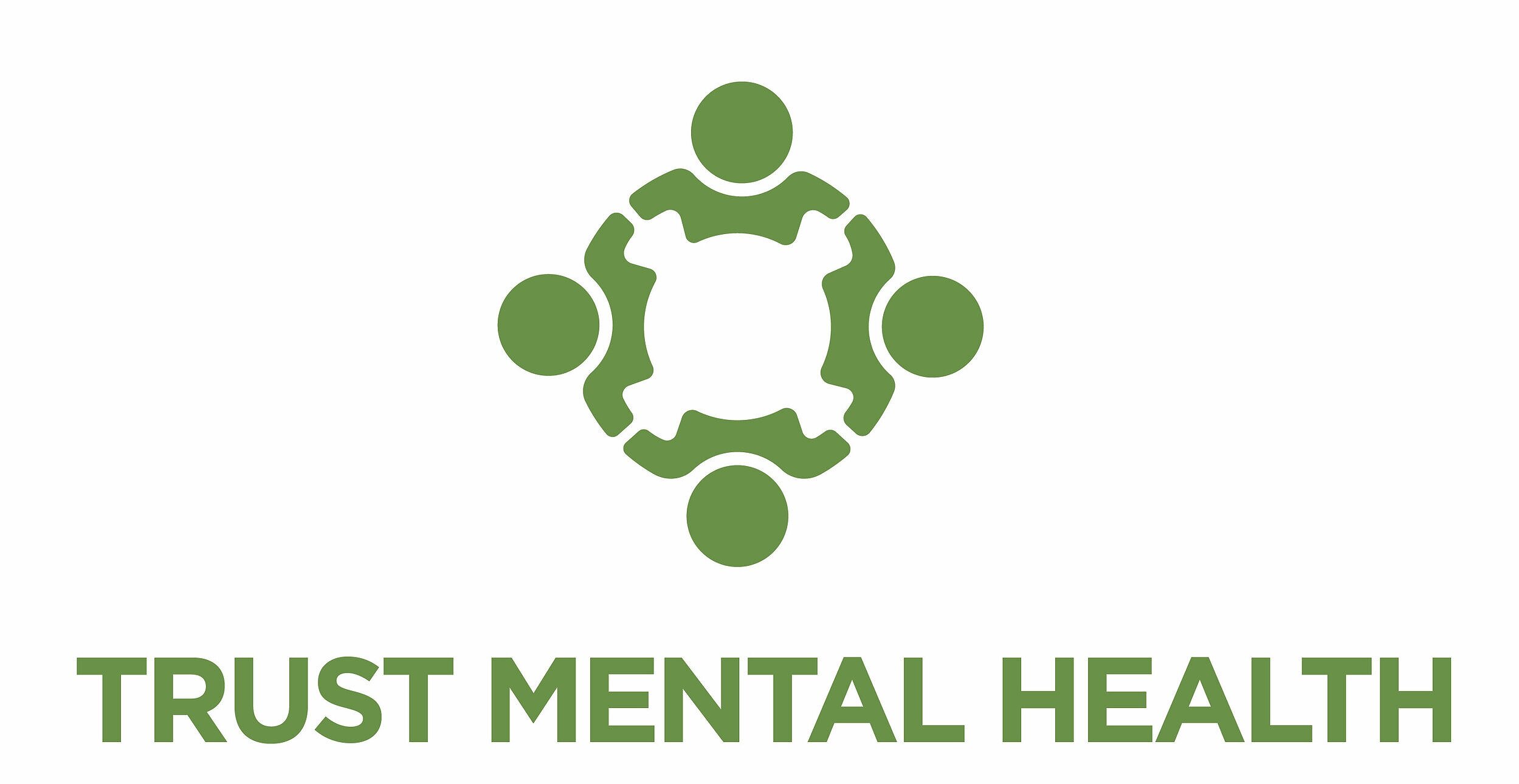Intimate Partner Violence in LGBTQ+ Relationships
Intimate Partner Violence (IPV) is a label used to describe violence or abuse in any kind of intimate or romantic relationship. This can include emotional abuse, physical abuse, sexual abuse, financial abuse, or psychological abuse. IPV is a bit more inclusive than other terms, like domestic violence, which often exude the image of a married, heterosexual couple. The terminology of IPV helps to create a more holistic picture of how toxic, abusive relationships can look.
According to the Human Rights Campaign, LGBTQ+ people are at least equally, if not more, likely to experience IPV as cisgender, heterosexual individuals. However, many people continue to perpetuate the myth that IPV only exists in heterosexual relationships. Throughout this post, we aim to help increase awareness of IPV in queer relationships by discussing unique challenges faced in queer relationships, ways to support a loved one experiencing IPV, and increasing advocacy against IPV in all types of relationships.
Unique Challenges Faced by LGBTQ+ Individuals
Stigma and Discrimination
Social stigma can play a very impactful role in perpetuating abuse in LGBTQ+ relationships. Many people may engage in romantic relationships before they share their identity with loved ones, meaning there is nobody in their inner circle to help them watch out for red flags. Alternatively, if loved ones do point out some questionable behaviors in the relationship, the individual experiencing the abuse may be more likely to doubt that person’s opinions, because they may believe that person simply does not understand the nature of queer relationships. Someone could also worry that, if they speak out about the abuse, people will make homophobic or transphobic comments, blaming the abuse on that person’s identity. All of these things may make it more difficult for queer people to understand and speak about the abuse they experience.
Internalized Homophobia/Transphobia
Many queer people personally absorb negative social attitudes towards their queerness, leading to internalized homophobia or transphobia. Someone who has not taken the time to process their internalized negativity may struggle to be accepting of their partner’s queerness, causing them to say unkind things to their partner. For example, if one partner is not comfortable in their identity and the other partner wears rainbow accessories, the less comfortable partner may put them down for being so open.
Furthermore, a partner with internalized homophobia or transphobia may struggle with setting boundaries in the relationship due to having low self-esteem. This can also impact the relationship dynamics, giving more power and authority to one partner over the other.
Lack of Resources and Support
IPV in queer relationships is less widely discussed, which creates few resources for support and understanding for people in this situation. Many queer people do not have trusted people to talk to about the red flags they’re noticing, which can lead them to feel isolated and alone in their abuse. General IPV services tend to ignore the prevalence of IPV in LGBTQ+ relationships. Increasing discussions about what healthy relationships look like in all contexts can help queer people get the support they need while navigating IPV. Harvard Medical School reports that increased education around healthy relationships lowers the likelihood that young people will stay in unhealthy relationships.
Signs and Symptoms of IPV in LGBTQ+ Relationships
Recognizing Abuse
Common signs of abuse in queer and heterosexual relationships include things like controlling behaviors (i.e. one partner controls who the other partner can see, one partner controls what the other partner wears, etc), put-downs (i.e. one partner blames or ridicules their partner, often making them feel humiliated), unhealthy communication patterns (i.e. silent treatment, yelling, defensiveness, gaslighting), or frequent, often unexplained, physical bruises or cuts.
Specific Red Flags
Within the context of LGBTQ+ relationships, these kinds of behaviors may manifest themselves in different ways. For example, a controlling partner may threaten to out their partner if they break up. This behavior makes the partner feel like they cannot leave the toxic relationship because they could be risking their safety if they left.
Further, an unhealthy partner may ignore or ridicule their partner’s gender identity by not using their preferred pronouns or ignoring boundaries around their partner’s body parts during their transition.
A partner believing or shaming someone based on stereotypes is another example of abuse. For example, a lesbian may make derogatory comments about their bisexual partner’s “promiscuity” or shame her for having been in relationships with men in the past. This behavior makes the partner feel like they need to earn their partner’s approval, tipping the scales of control in the relationship.
How to Support Someone Experiencing IPV
Approaching the Subject
When speaking with someone about their relationship, it is important to remain as nonjudgemental as possible. It may be helpful to start with a broad question, such as, “How are things going with your partner?” This gives your loved one space to share as much or as little as they wish to without pressure one way or the other. You may also want to ask about a specific encounter if anything in particular stuck out to you, like, “The other day when we were together, your partner commented on your outfit. Does that happen a lot?” Again, this phrasing includes open language that allows the individual to share as much or as little as they wish to.
Remember, this person may not be ready to hear that they are not being treated well. For many people, it takes time to recognize the abuse. Be patient with your loved ones.
Encouraging Professional Help
Someone dealing with an unhealthy relationship may benefit from professional support in a number of different areas, including a therapist, social worker, or legal advisor. For your loved one experiencing abuse, it may be very difficult to navigate finding these resources. As a friend, it could be very kind to help them begin that process. You may accompany them to different appointments, encourage the use of a few different services, and help debrief after the appointments end. The support goes a long way for anyone struggling.
Creating a Safety Plan
If your loved one is in imminent danger, it may be wise to create a safety plan. This may include helping them find a place to stay when leaving, such as a safe house. It may also involve helping to ensure that the abuser has no way to find or contact their loved one after leaving the relationship. This can help increase the sense of safety for the person experiencing abuse.
Preventive Measures and Advocacy
Increasing education about IPV in queer relationships is a strong way to help prevent further abuse and harm. Many people do not realize all of the potential signs of abuse, which can put them in dangerous, unhealthy situations. It is important to speak with loved ones about signs of abuse in all types of relationships. Additionally, it can be helpful to speak about abuse using gender-neutral language, rather than perpetuating the narrative that only heterosexual couples experience abuse. All of these actions help foster a better, more open-minded community.
Conclusion
IPV occurs at equal rates within both queer and heterosexual relationships, yet the way that the abuse looks in a queer relationship may differ from how it looks in a heterosexual relationship. This can cause queer people to feel less understood when speaking out about their experiences with abuse. It’s important to increase awareness about the nuances involved in IPV within all types of relationship contexts. Everyone deserves to experience healthy, warm love.
If you are struggling with IPV, Trust Mental Health is here to offer you support. Our team is trained to offer support in leaving an abusive relationship and processing the trauma. You can book a free fifteen-minute consultation today.
Key Points
IPV encompasses various forms of abuse, including emotional, physical, sexual, financial, and psychological, in any intimate relationship. It is particularly important to acknowledge that IPV is as prevalent, if not more so, in LGBTQ+ relationships compared to heterosexual relationships. Raising awareness about IPV in queer relationships is crucial to addressing and combating these issues effectively.
LGBTQ+ individuals dealing with IPV face unique challenges such as social stigma, discrimination, internalized homophobia or transphobia, and a lack of resources and support. These factors can make it difficult for victims to recognize and speak out about the abuse they experience, leaving them feeling isolated and unsupported.
Supporting someone experiencing IPV involves approaching the subject nonjudgmentally, encouraging professional help, and creating a safety plan if necessary. It is essential to be patient and understanding, as recognizing and admitting abuse can be a gradual process. Advocating for increased education about IPV in queer relationships and using gender-neutral language can also help foster a more inclusive and supportive community.
FAQs
-
Friends and family can support an LGBTQ+ person experiencing IPV by offering a non-judgmental listening ear, expressing unconditional support, and helping them access LGBTQ+ affirming resources. It is also important to respect their autonomy and decisions, while providing information on professional help and safety planning.
-
If you suspect an LGBTQ+ friend or family member is experiencing IPV, approach the situation with sensitivity and care. Express your concern without judgment, provide a safe space for them to talk, and offer information about resources and support services. Encourage them to seek professional help, but avoid pressuring them into actions they are not ready to take.
-
Yes, there are specific signs of IPV unique to LGBTQ+ relationships. These can include threats to out a partner's sexual orientation or gender identity, undermining a partner's gender transition process, or using a partner's LGBTQ+ status as a form of control. Recognizing these unique signs is crucial for identifying abuse in LGBTQ+ contexts.



